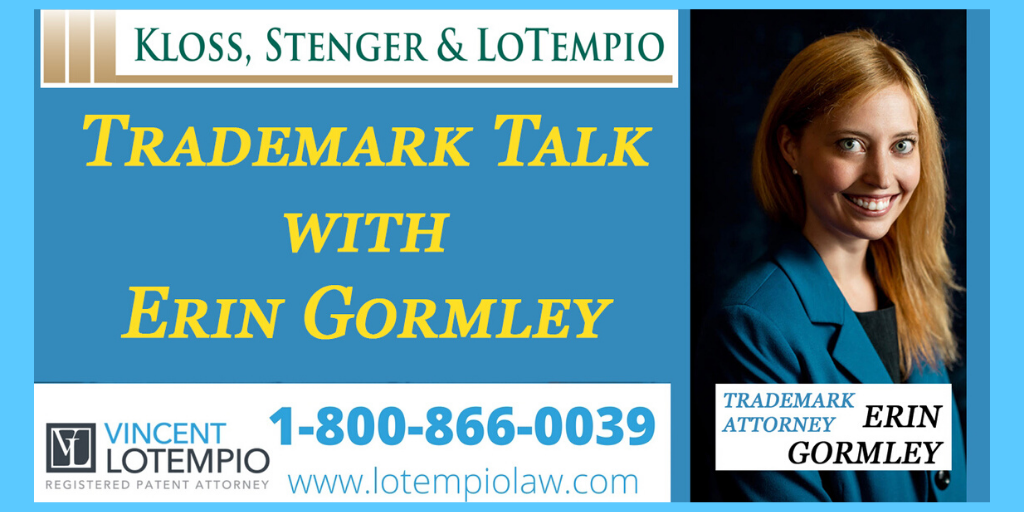Trademark Talk with Erin Ep. 5: What is a Trademark?
We have another episode of “Trademark Talk with Erin” that’s out for viewing on our Youtube channel, Patent Home! This week’s episode discusses “What is a trademark?” In this week’s blog post, we will be giving a brief overview on what constitutes a trademark and what may or may not qualify for trademark protection.
What is a Trademark
We’ve discussed the definitions and the basics of trademarks in previous posts. However, some of our viewers and audience members may be new to the topic, so we’ll go over trademark definitions and basics again so everyone is on the same page. Black’s Law Dictionary defines trademark as a “word or symbol designation which identifies the source of the goods or services.” Another way to define trademarks is a word, symbol, or some sort of indicia that is associated with a company, manufacturer or business.
Are Trademarks Limited to Products or Goods?
Trademark law can also protect marks associated with services too! These are usually called service marks, which are still considered trademarks. They are eligible for the same protection as trademarks for products and goods.
What is Trademark Infringement?
Generally, the trademark holder has the exclusive right to use a valid trademark. But what happens when an unauthorized party uses the same or similar mark? Moreover, what happens if the unauthorized use causes a likelihood of confusion in consumers? If there is a likelihood of confusion, then there may be trademark infringement. There are several factors used to assess trademark infringement and a likelihood of confusion. These factors can differ depending on which part of the United States you are in. The Polaroid factors, laid out in Polaroid Corp. v. Polarad Electronics Corp., are generally used in Second Circuit. The Polaroid factors include: the strength of his mark, the degree of similarity between the two marks, the proximity of the products, the likelihood that the prior owner will bridge the gap, actual confusion, and the reciprocal of defendant’s good faith in adopting its own mark, the quality of defendant’s product, and the sophistication of the buyers.
To read the Polaroid case, click here.
What are your thoughts on trademarks? Leave a comment below to let us know what you think!
Watch Episode 5 of Trademark Talk with Erin right here!
SIGN UP TODAY!
Does this article interest you? Subscribe to the LoTempio Law email newsletter to receive posts and updates just like this conveniently in your email box!
If you’ve enjoyed this blog post, we have lots more where this came from, including an Inventors Guide Video Series where we help you turn your good idea into a profitable invention, and tons of other great content. Simply enter your email address and hit sign up and you’ll get everything, including blog posts like these, conveniently in your email box!
Have any questions? Give us a call at 1-800-866-0039. Consultations are FREE.
Disclaimer: This article is not legal advice. It is only for educational or entertainment purposes only. Please do not use the article or contents of the article without permission. For legal advice and questions, please contact registered Patent Attorney Vincent LoTempio.




